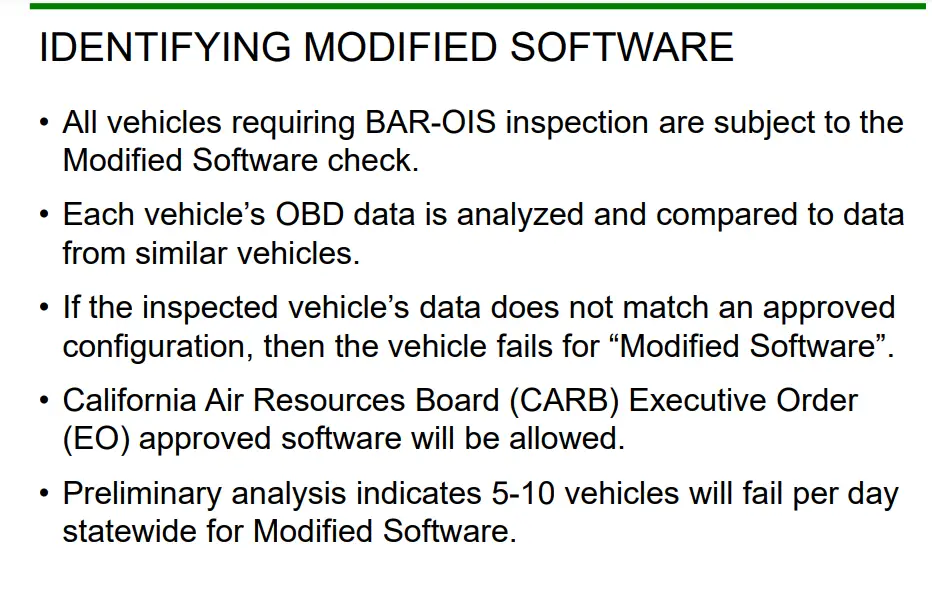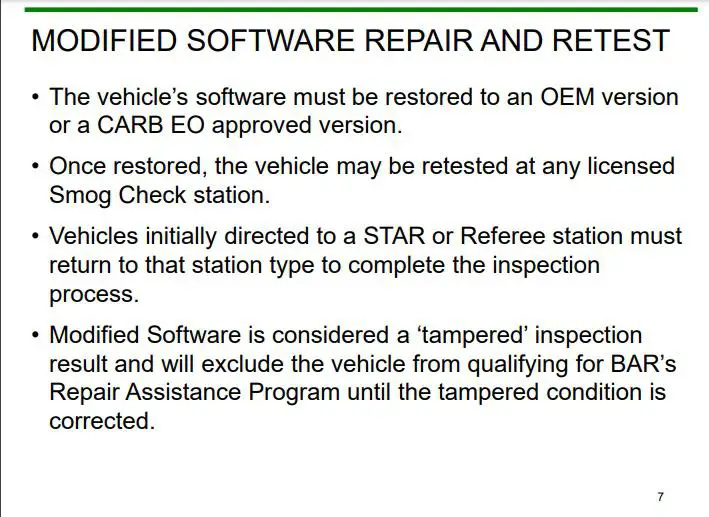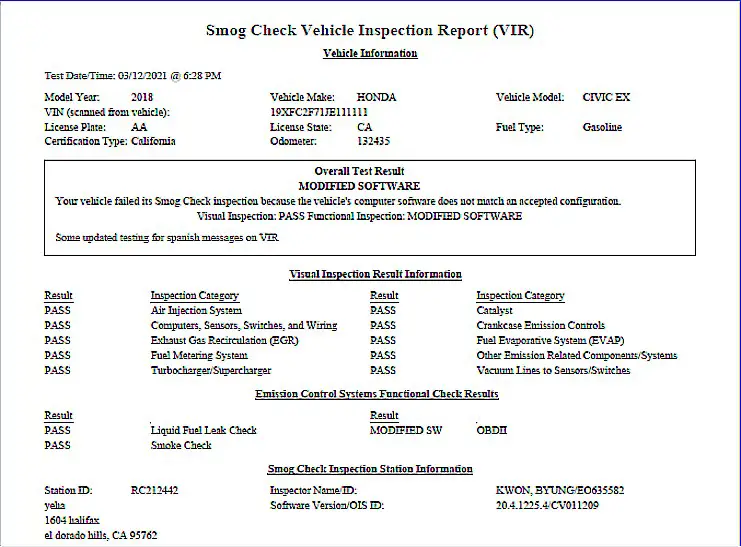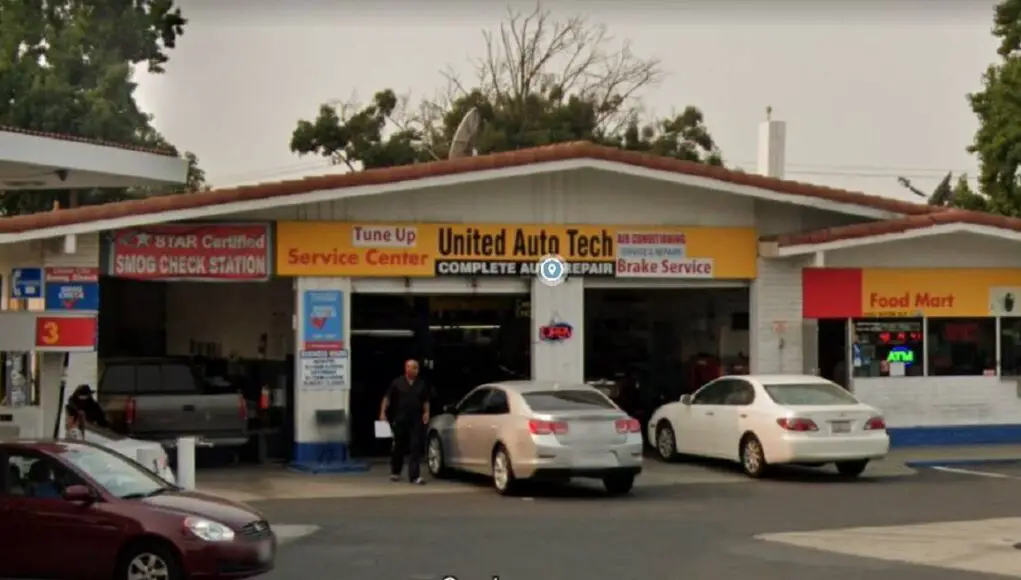BAR has a library of smog data they’re going to check your ECU configuration against.
Unbeknownst to most California car owners, important changes to your biennial smog take effect this July that can affect if you pass or automatically fail. According to the Bureau of Automotive Repair, “vehicles with software not provided by the original equipment manufacturer (OEM) or approved through a California Air Resources Board (CARB) Executive Order (EO) will fail a smog check.”
Embed from Getty ImagesThere are two ways your local smog machine will know your ECU’s not stock: by first comparing the data stream coming out of your OBD-II system to a profile compiled through years of data collection and by verifying your cars Calibration Verification Number (CVN) on the ECU.
Comparing your car’s ECU to a known profile.
Before we get into the nitty gritty, here’s how it all started..
In 2010, California’s Governor approved Assembly Bill 2289, streamlining the Department of Consumer Affairs’s Smog test program away from the rolling road sniffer test towards an OBD-II based test for cars model year 2000 and newer.
In order for smog shops to continue operating, by 2015, smog shop owners needed to upgrade their smog machines with approved Data Acquisition Devices that communicate with BAR’s database in real-time during the test.
Since then, these smog shops have been receiving and transmitting data from your car’s OBD-II diagnostic port, compiling a gigantic database for newer cars and trucks. A California car, 2000 and newer, would’ve run through an OBD-OIS test twice since 2015.
With enough data points, smog shops have known approved configurations for your vehicle’s make and model. If your car does not match a profile within a certain degree of error, it knows you have a modified ECU.
Here’s it spelled out on their presentation slides.

Calibration Verification Number
There may be instances where CARB has not established a thorough data set on a certain makes and model, like one-offs and extremely rare cars.
This is where CVNs come in.
CVNs, AKA Check Sums, exist in almost all modern ECUs. A CVN is a set number (or numbers) calculated by running several other numbers (calculated using data programmed in your ECU) through a mathematical operation.
Your car’s ECU has a CVN (or check sum) set by the manufacturer. The same model ECU will have the same CVN values because the code between ECUs is the same.
This is useful, for example, upon startup, your ECU will compare checksums with values stored and, if they are different, will not start the engine to prevent potential engine damage.
Tuning your car will inherently change your car’s CVN and, when compared to a known CVN provided by the manufacturer, is a telltale sign you have modified software.
Tunes approved by CARB are issued an EO number, their specific CVNs white flagged as OK for smog.
What if I have a flash tune I know is not CARB approved.
It’s real simple, flash back to your original configuration and make sure all your OBD readiness monitors are set and you’re ready.
If you know your smog test is coming up, carve out a week or two before you bring in your car to ensure you’ve completed a drive cycle to clear said monitors and to give your car a once over.
Seeing how the remedy to pass a car found with a modified or tampered ECU is to restore or re-flash your ECU back to its original configuration and then to get it re-smogged at a licensed smog station as directed on your test papers demonstrates CARB is only testing for compliance on the day of your smog test.
This is their slide on the matter from the aforementioned presentation linked above.

Simply put, you do not need to worry how many times you’ve flashed, re-flashed or swapped out your original ECU. Even if CARB’s real-time smog test can allegedly see how many times you’ve done this, it’s not logical to not allow an offender to get back to compliance within reason.
FYI, this is an example of a failed smog test result for modified software.

This new OBD-OIS smog check wrinkle is a pain in the behind but, for 99 percent of Californians, they don’t even know it’s been going on.
For the tuning crowd, it’s time to stay ahead of the game.




[…] reached out to BAR for more information, but Tire Meets Road reports that California has been moving towards OBD-II diagnostics port-based tests for cars from […]